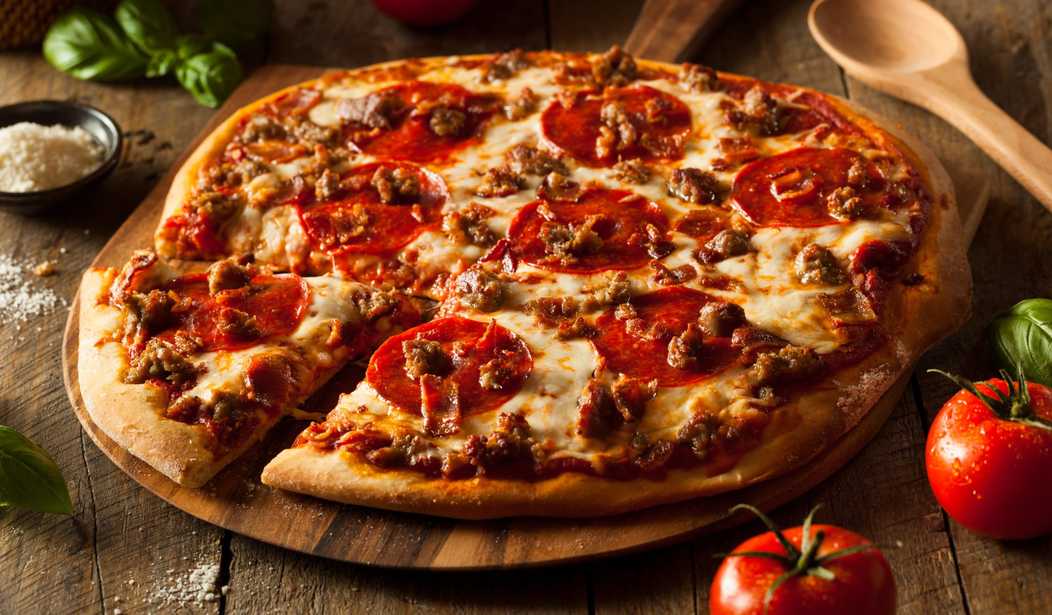New FDA regulations regarding restaurant calorie counts will take effect in May of this year and restaurants are scrambling to comply with the latest nanny-state rules on their menus. Any restaurant with 20 or more locations as well as supermarkets and convenience stores must post the calorie counts of their prepared food.
This isn’t as easy as it sounds. Some restaurants get their ingredients from multiple suppliers. How would the calorie discrepancies figure into the total calorie count? The FDA has an answer for that: count the fattiest version. “You would not be penalized for over-declaring calories versus under-declaring,” the agency responded.
Here’s some helpful information about the FDA guidelines used to determine the calorie count displayed on the food that you order or purchase:
1. The count will be determined using a “reasonable basis for determining the calorie information.”
This can include a lab analysis or information from calorie counts in databases or nutritional labels.
2. If the food isn’t on the menu, there is no requirement to post the calorie count.
That bread basket or chips and salsa won’t have a count listed unless the establishment chooses to list it.
3. Your pizza will have its calories counted by the average party-cut pie.
“Initially, the FDA told a Chicago-based pizza chain it would need to declare calories for the entire pizza, if the pieces weren’t uniform. But Marla Topliff, president of Rosati’s Pizza, said the agency subsequently agreed to allow the chain to post calories for an average piece in a party-cut pie. Topliff said having to list calories for an entire pie would be unfair to party-cut pies, if traditionally cut pies were listed per slice.”
4. The FDA will allow the calorie count to be presented as a range.
Let’s say you have the option of turkey bacon (why??) or pork bacon in your meal — the count would reflect the range of difference (eg., 200-1000 calories). This seems sort of useless, but this is a government regulation we are talking about.
5. What about food bars?
I confess I am a regular presence at the Whole Food food bar and the range of caloric possibilities is endless. The FDA has addressed the food bar situation: “utensils such as ladles that can scoop a consistent amount each time can be considered a serving size. With utensils such as tongs, the serving size has to be by weight or a common household measure, such as a half cup. Those serving sizes and corresponding calorie counts would have to be listed near the food, such as on the sneeze guard glass or on a sign.” I suspect the Whole Foods salad and hot bar will be forever ruined with these counts.
These regulations impose a ridiculous burden on those companies in the food business and the added costs will just be passed on to the consumer. Those who are health conscious or careful about what they eat will already have some idea about the nutritional value and calorie counts in their meals. Are people under the illusion that the double cheese, double pepperoni pizza will fit into their 12oo-calorie-a-day regime?
With a new administration coming in, perhaps these requirements will be shelved.








Join the conversation as a VIP Member